There's much to experience in the massive open-world of Ancient Greece in Assassin's Creed Odyssey. But as is tradition, the Assassin's Creed series has a very strange way of blending historical accuracy with bizarre supernatural elements--and Odyssey is no exception. While you'll mostly take on pirates, foot soldiers, and the sinister members of the Cult of Kosmos throughout the various locales around the world, there are some encounters that will take some extra effort to find--leading to Odyssey's most memorable fights against beasts of legend.
In this feature, we breakdown Assassin's Creed Odyssey's most involved and unique quest-line, which pits you against some various mythological beasts that reference Greek mythology, including the deadly Medusa and the Cyclops. In addition to giving you all the details on how to find them, we also offer up some tips on how to overcome their unique challenges. Obviously, there are some spoilers in this article, which relates to the midpoint of the game. Proceed with caution.
Where To Begin
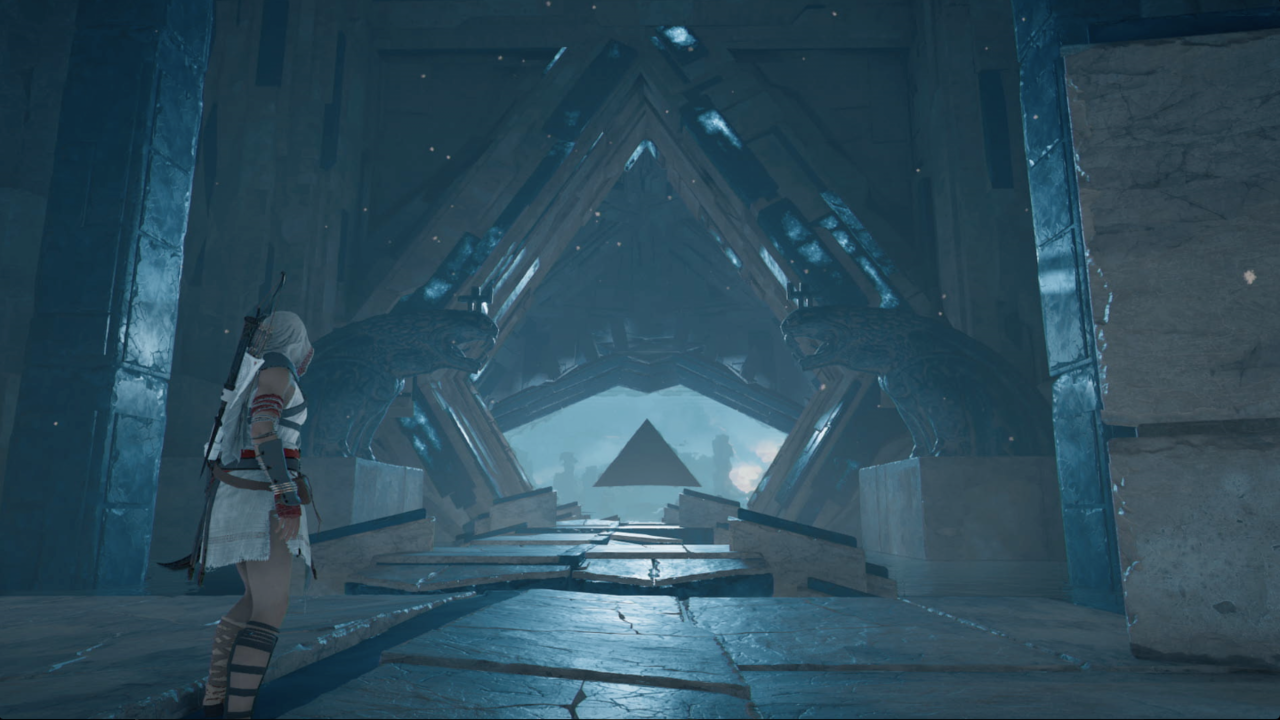
To start your epic quest to vanquish the four mythological creatures hiding out within Ancient Greece, you'll need to reach the midpoint in the main Odyssey quest, which takes you to island of Thera, just north of Messara. After solving the puzzles to gain entry into the ruins, you'll meet a very important character inside, who will give you a new Odyssey quest-line called Between Two Worlds. This quest tasks you with finding four lost Isu artifacts that have been stolen, which are now hidden across the known world of Greece.
While you may get the urge to drop everything and set out to complete this quest after the cutscene's finish, you're much better off holding off until much later into the main story. Not only will you have the proper gear to take out some of the harder challenges, some of the legendary gear that drops from these quests will also become more powerful. We'd recommend you finish the main story, which will take you through many of the islands and locales that house these lost artifacts. What follows is the best order to take on these creatures, based on level.
The Sphinx And Where To Find It
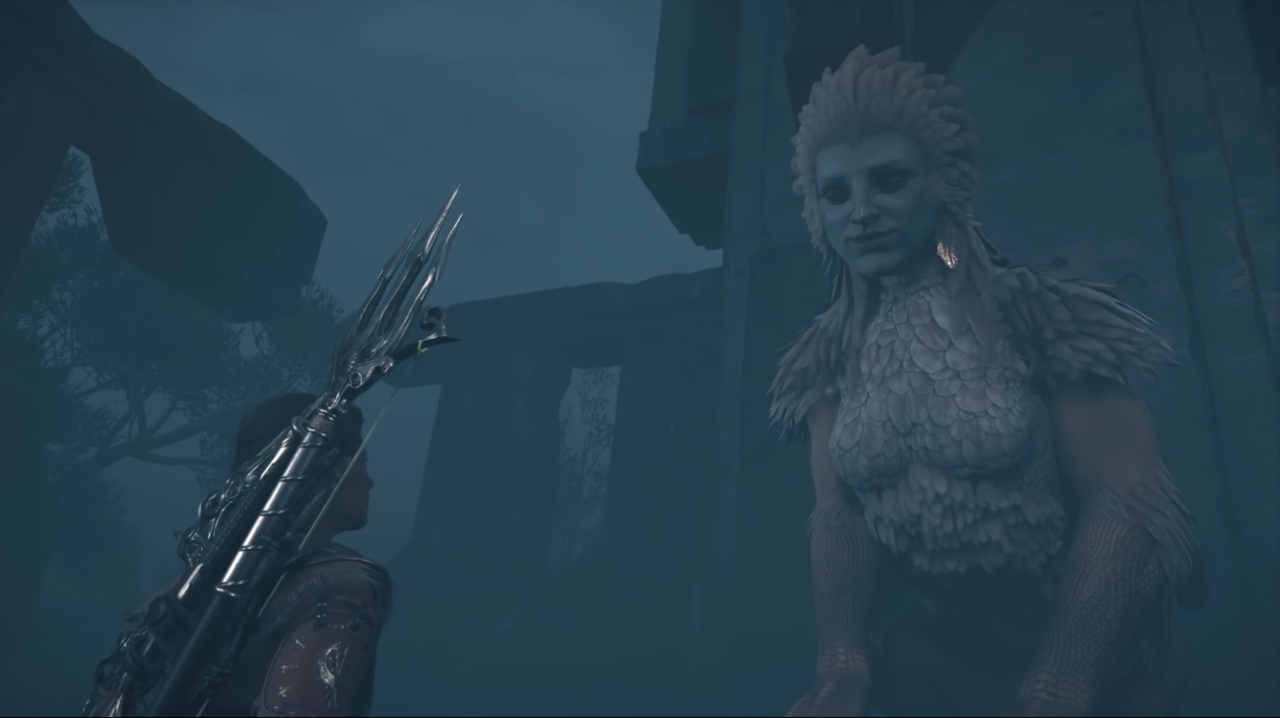
Marked as level 35 quest, the Lord of the Sphinx mission tasks you with finding an artifact hidden in Boetia. Located on the southern coast of Lake Koapis, you'll find ancient Isu ruins shrouded in fog. At these ruins you'll find a discover a Sphinx statue and an NPC named Gorgias, who's searching for a piece of a medallion to unlock the secrets of the temple. Tasking you to find his apprentice, you'll start the next leg of the quest, which will have you travel to the Tomb of Menoikeus. Located in the northeastern part of the Scorched Rolling Plains region in Boetia, you'll find the remains of the apprentice, killed by a nearby alpha lion--which has also eaten the other half of the medallion. After securing the piece, head back to the ruins to proceed with the next part of the quest.
Once you return, you'll find that Gorgias and the statue are missing. Before proceeding further, be sure to save your progress. Taking the piece of the medallion that Gorgias left behind, you'll be able to place the item on a pedestal in the ruins, which will summon the mythological Sphinx. Surprisingly, you won't engage in an actual fight with the Sphinx, but rather a game of careful wits. After conversing with the beast, the challenge begins. You'll only have one chance to clear this encounter, as offering an incorrect solution to the puzzles will result in instant death. Moreover, each subsequent reload of your save will see a different set of riddles offered up.
Think carefully before giving your responses to the Sphinx's questions, as your answers also apply to several runes scattered around the ruins, which have to be activated after the riddles are complete. If you can't find the rune assigned to your given answers, then you'll meet certain doom. After making it through the riddles correctly, you'll best the Sphinx at its own game and collect your first artifact, along with a legendary Sphinx Figurehead for your ship.
The Cyclops And Where To Find It
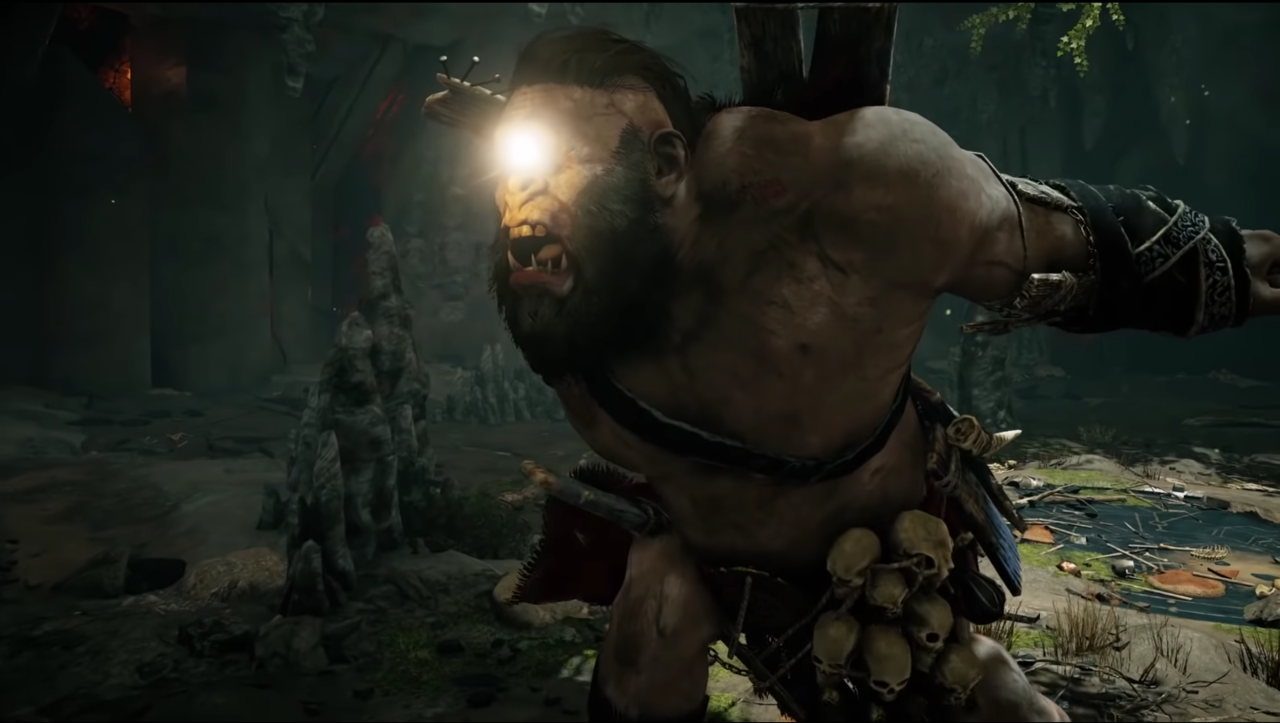
You'll likely be aware of the location of this particular mythological beast early on into your adventure. Found on the Isle of Thisvi just south of Phokis (one of the first areas you go to after getting your ship), you'll find the ancient Isu ruins after diving into the Forgotten Isle's inner cove. However, the door leading to the mythical Cyclops is sealed, and will remain so until you take on the necessary quest. At a recommend level of 35, the quest that opens the chambers of the Cyclops is located on Kythera Island, towards the southernmost edge of the map. Head to the region known as Pilgrim Hill to find a quest giver near a statue, opening up the mission A God Among Men. By taking this mission, you'll eventually Empedokles, who believes himself to be a god. After assisting him throughout the Island, he'll venture off to the Isle of Thisvi to meet a fellow god.
Once you head back to the small island, head into the island's underground to find Empedokles outside the door, who's ready to reunite with his fellow god. Suffice it to say, things don't work out for Empedokles, and you're left to do battle against the mythological creature. As one of the largest enemies in the game, the Cyclops--also known as Brontes, The Thunderer--has an advantage when it comes to range and raw strength. However, the boss' slow speed and lumbering movement can be taken advantage of. You can also aim the obvious weak spot of its glowing eye with your ranged attacks, dealing some solid damage. Halfway through the fight, the Cyclops will become more aggressive, resulting in some falling debris throughout the chamber. Keep chipping away while avoiding the falling the rocks to take him down. After the fight you'll acquire the next artifact, and along with the Polyphemos Cyclops Bludgeon, a legendary heavy blade.
The Minotaur And Where To Find It
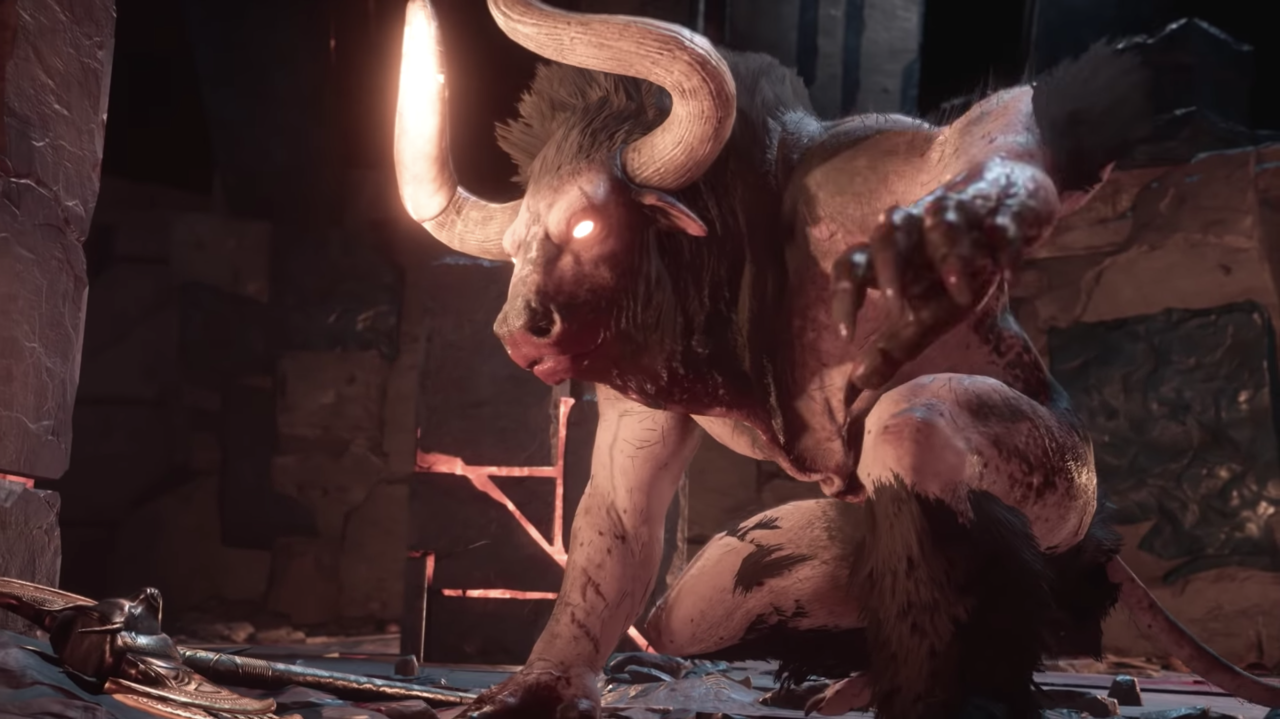
Located in Messara, on the island in the southeast section of the map, you'll come across a small town in Minotaur Hills that worships the mighty beast. This area serves as a great place to learn more about the history of the region, level up, and gain some new gear--including a replica helmet of the Minotaur (which is just a bull's head fashioned into a helm). Just west of town, you'll find Knossos Palace ruins located in Mino's Legacy. In this area you'll find a child named Ardos, who's trying to rescue his father lost in the chambers of the Minotaur below the palace. Starting the Myths and Minotaurs quest, you'll learn more about the labyrinth and discover that you'll need to find the medallion to open up access.
From here, you'll begin the Of Minotaurs and Men questline, which includes sub-quests around the region including Blood in The Water, Recollections, and Full Circle. Along the way, you'll interact with the allies of Ardos' father, local merchants, and assist the boy's current caretaker. The questline involving the caretaker will have you cross paths with the Swordfish, who just so happens to be a member of the Cult of Kosmos. After completing these tasks, you'll acquire the key to the labyrinth of the Minotaur. While exploring the maze, you'll find the body of Ardos' father, and not long after, encounter the mythological beast.
The battle with the Minotaur can be quite challenging, which requires you to be at least level 40 to make a successful go of it. In this battle, you'll have to dodge many of the Minotaur's attacks and head in for an opening when its vulnerable. Its most powerful move is a ram attack, which you can fortunately see coming. The beast can also stun itself when it rams against an obstruction, allowing you to get some solid hits in. Staying and attacking at a distance is also an effective way of getting the upper hand against the beast. Once you defeat the minotaur, you'll get the next artifact and a new legendary axe known as the Minotaur's Labrys.
The Medusa And Where To Find It
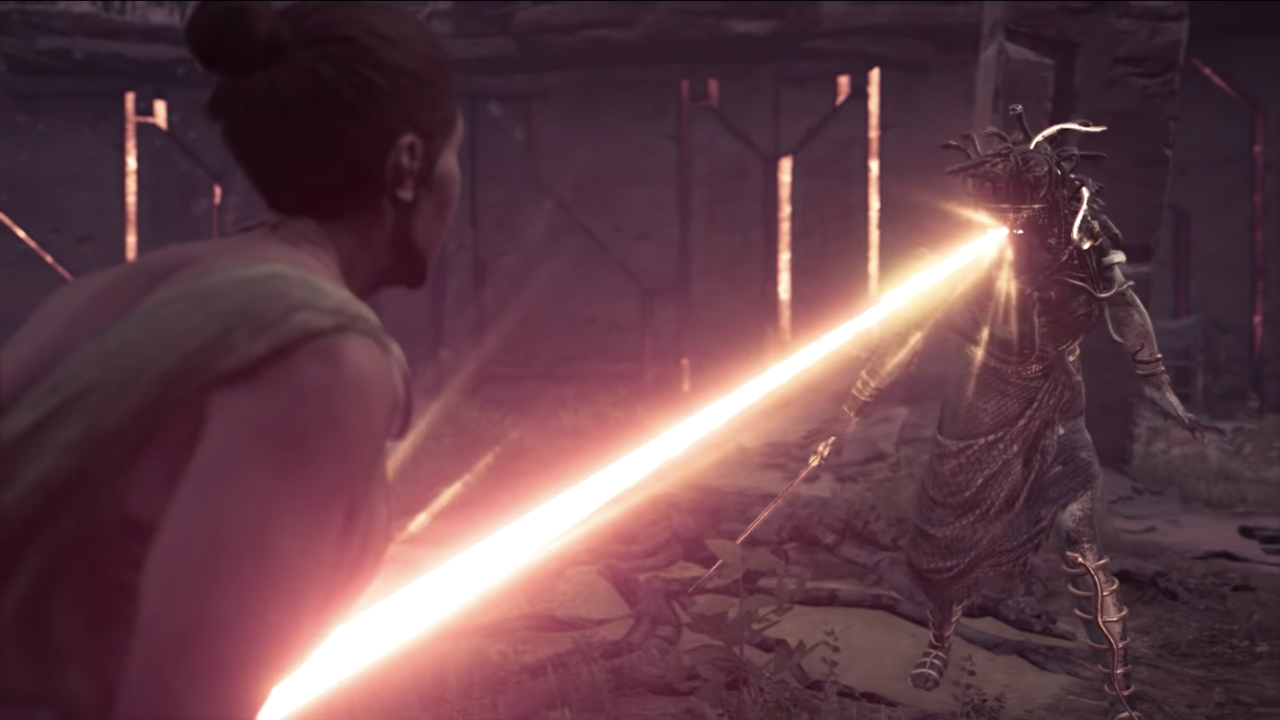
For the final mythological beast, you'll need to travel to the island of Lesbos, located in the northeastern corner of the map. At this point in the game, you'll likely have finished the main story before traveling to this island, which is one of Odyssey's most difficult areas. To start the quest, head to the town of Eresos in the Petrified Valley, which is located on the southwestern coast of the island. In town, you'll find a female NPC named Bryce. After conversing with her, you'll start the quest Romancing the Stone Garden, which tasks you with finding her lover lost in the Petrified Temple. After learning more of the Temple and its mysteries, you'll need to new quest called Shadows of Serpents, along with all of its sub-quests that to open the pathway to the Medusa.
These side-quests will take some time to finish, as they'll have you travel across Lesbos and to the nearby island of Chios. One mission has you infiltrate a village full of female hunters, all of whom are lethal archers and agiles fighters. However, if you already completed the Artemis quest-line involving the hunt for legendary animals, your choices in that mission can allow you to become the leader of the village, letting you come and go without incident. The other quest has you track down an adventurer who's made the dubious claim that he wields the spear that killed Medusa. After completing the necessary steps, head back to the temple to open up the way to Medusa's lair.
The battle against Medusa is Odyssey's most challenging and complex encounter. Choosing to fight at range with a squad of stone mercenaries at her side, the Medusa can petrify targets--namely you--while also calling in aerial attacks that deal heavy damage. In order to remove her protective shield, you'll need eliminate her guards, all while avoiding her petrifying gaze and magic attacks. Throughout the room are several stone pillars, which can offer safe protection from her gaze. After taking out the minions, the beast will become vulnerable, allowing you to deal direct damage to her. During this state, the Medusa will teleport around the arena and immediately follow-up with a ranged energy attack. This will be a long fight, so be patient and stick with a certain rhythm of attacks, both ranged and close-range, and eventually you'll take out Odyssey's most difficult boss--earning you the final artifact and the legendary sword Harpe of Perseus.
If you want to know more about Assassin's Creed Odyssey, check out our full-review, along with our breakdown of some useful tips to help you along your journey in the game.

